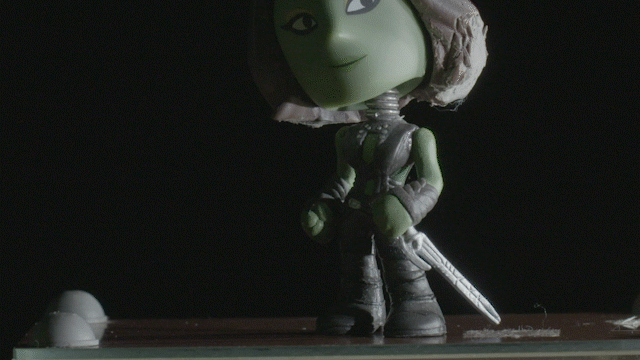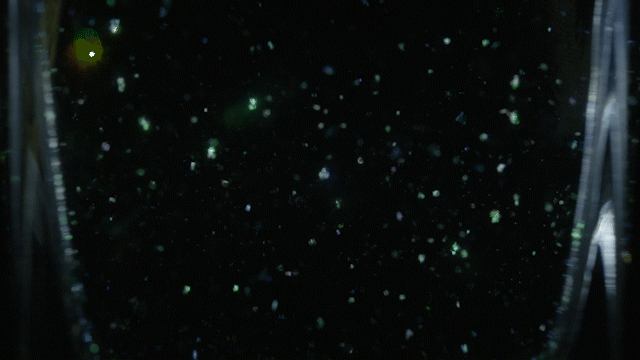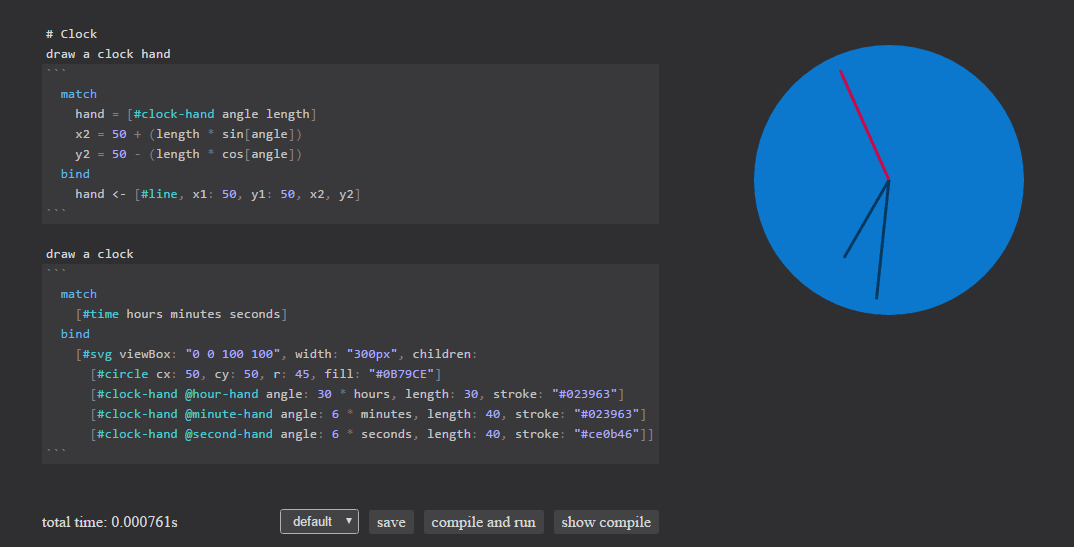It is the fundamental question about freedom, about what is freedom. I’m born alone and I die alone. This gives me the right to interrogate the world, and to put the world into question the way I choose. For me fundamentally, the absurd — Camus’ absurd — gave me back my feeling of dignity.
I will try to summarize this very simply: I have noticed that people who function within a closed philosophical system are the ones that practice the absurd, and those people are the ones who end up killing others. On the other hand the man who understands that the world is absurd, he’s in a position to make sense of the world, to find meaning. It is because I know the world is absurd that I’m not going to kill you. But if I somehow figure out that the world has meaning, I can kill you in the name of that meaning. It’s called Nazism, Jihadism, Islamism, and the extreme right. – Kamel Daoud, NPR interview
The Meursault Investigation by Kamel Daoud is said to be a retelling, as you might suspect from the title, of The Stranger by Albert Camus. In The Stranger, a Frenchman named Meursault kills a nameless Arab on an Algerian beach for no particular reason. It is the first, and often the only, book most people read by Camus, and most people seem to come away with the sense that the philosophy of Camus amounts to LOL NOTHING MATTERS and they are disappointed and never get to the good stuff. Some of us waited years for The Cure to come out with a song about The Plague, but, alas, it never happened.
The Meursault Investigation starts from the premise that the events of The Stranger are not fiction – that a real Frenchman named Meursault really killed an Arab on that beach, that he really stood trial. It gives the Arab a name – Musa, which is apparently Arabic for Moses and shares a pleasing phonetic similarity with Meursault, does it not?
The story unfolds as a series of monologues in a bar, taking place over a several nights, delivered by the brother of the dead Musa to a man who is doing research or investigating the crime, many years later. The narrator, Harun, was just a young boy at the time of his brother’s murder, and he recounts the difficulties his mother and he suffered around the time of the murder and long afterwards.
Harun’s relationship with his mother is complicated. Where Meursault’s relationship with his own mother was distant and cold, Harun’s mother is oppressively close. She dresses him in Musa’s clothes and makes him follow her as she goes around Algeria trying to find information about Meursault, about her son’s death. It has been said about Camus that France was his (absent) father and Algeria like his mother, but here we have two mothers: Meursault’s, French, distant and cold, and Harun’s, Algerian, close and oppressive. Bah, perhaps one can make too much of a mother figure, yes?
Or perhaps not. She imposes strict controls on her remaining son in the name of serving her rage and grief. She makes him appear and perform the role of his lost brother. It is just possible that Daoud is critiquing, as Camus does in The Rebel, the buttressing of state authority in the aftermath of violent revolutions. It is just possible that Daoud is commenting on the performative aspects of postcolonial identities.
Harun is not always a reliable narrator. Some of the unreliability is no doubt due to his young age at the time of the murder, assuming we accept the premise that The Stranger is nonfiction. And some of it may be that in the recalling and retelling of the famous story, so many times over the years, details have been elided or embellished. And it may also be that his mother has lied to him about some events. But, at the very least, there are parts of his story, such as his recurrent assertions that Musa’s body was never found, that do not quite add up.
The first half of the book is somewhat rambling, as the narrator spends a lot of time rehashing the same details as he dances around some important information he isn’t quite ready to reveal to his audience. Once he has revealed that, about halfway through the book, this book ceases to be a straightforward re-imagining of The Stranger and becomes something much more interesting.
After this point, there be spoilers. In my exceedingly humble opinion, you should read the book anyway, if nothing else for the poetic descriptions of both Algeria and what it means to be a killer, but do as thou wilt. It’s a short book, so you could step away and read it and then come back to this.
This book owes as much to Camus’s brilliant novel, The Fall, than it does to The Stranger, and there are significant references to Camus’s other work, such as The Myth of Sisyphus, and his statements on Algerian liberation as well. The narrative structure – monologues, reminiscences delivered in a bar – is the same as that of The Fall, and many of the same themes and questions of morality and meaning and guilt arise.
You see, what he tells us, finally, halfway through the book – presumably once he has disburdened himself enough that he cannot resist the urge to confess completely, or perhaps we have earned his trust now – is that some 20 years after Musa died on that beach, he killed a Frenchman named Joseph. He murders him in cold blood, although he blames his mother for goading him into it.
One can make too much of mother figures in books, but perhaps one cannot make too much of this one in particular.
Harun murders Joseph in the immediate aftermath of Algerian independence. There’d been a lot of killing, and French colonists were fleeing the country as they could. The police note when they bring Harun in for questioning that if Harun had only killed Joseph during the fighting, then there’d be no problem at all. But because he waited until directly after, well, they have to at least make a show of questioning him. They note that, indeed, Harun did not even volunteer to fight for independence. Of course, he didn’t have to, being his mother’s means of support and the brother of a sometime martyr figure.
In the end, Joseph’s death is as inconsequential as Musa’s, and Harun is indignant that he isn’t even given a trial – echoes, here, of Meursault’s indignant observation that it is important being the accused.
Camus’s writings and public statments on the question of Algerian independence have been widely criticized. In my opinion, those criticisms have largely been unfair. Camus was a committed pacifist and hoped Algeria and France would negotiate an independence that would allow peace. He criticized the French government sharply for its treatment of Algerians, but knew that if France left Algeria abruptly, there would be war and a great deal of killing.
And here is Harun:
In the first days of Independence, death was as gratuitous, absurd, and unexpected as it had been on that beach in 1942. I could be accused of anything, my chances of being shot as an example or set free with a kick in the butt were just about equal, and I knew it. … unseen trees tried to walk, flailing about with their big branches in the effort to free their black, fragrant trunks. My ear was glued to the ground of their struggle. … The gratuitousness of Musa’s death was unconscionable. And now my revenge had just been struck down to the same level of insignificance!
The greatness of this little book is that in its 150 or so pages, it is addressing not just the Camus of The Stranger but Camus’s entire legacy: the question of morality and guilt in the face of absurdity, the dehumanizing effects of violence, the reinforcement of state authority after violent revolutions, the ways that we belong to places.
When I picked up this book, I expected a simple “other side” telling of The Stranger, which could have been interesting in itself, but it delivered much more. It’s a valuable addition not just to the field of postcolonial literature but to the canon of existentialist, or (more accurately) absurdist, literature.
Followup:


 Screencaps via the author.
Screencaps via the author.



 Images courtesy the artist
Images courtesy the artist










 . This year you’ll have $10,000,000 dollars, much of which can be used to fund future iWidgetFactoryPro
. This year you’ll have $10,000,000 dollars, much of which can be used to fund future iWidgetFactoryPro


